Dear Mr Speedcult and other friends
When considering blade construction and especially
in larger sizes it is advisable to consider other
options - and as you correctly suggest the steel spar
system is a good option for the those who wish a larger
rotor with minimal operational risk and likewise with a
relative easier construction.
I have many times on this board emphasied the good work
done in this respect by Prof Horst Crome from The
Technical University in Bremen.
"Handbuch Windenergie Technik" - by Prof. Horst Crome
available from - http://www.oekobuch.de - is possibly
only marginally bested by Hugh Piggott's series of books
and manuals.
1: I enclose an illustration of the Crome "KUKATE" tower
and rotor construction - please note the use of a side
overspeed-vane
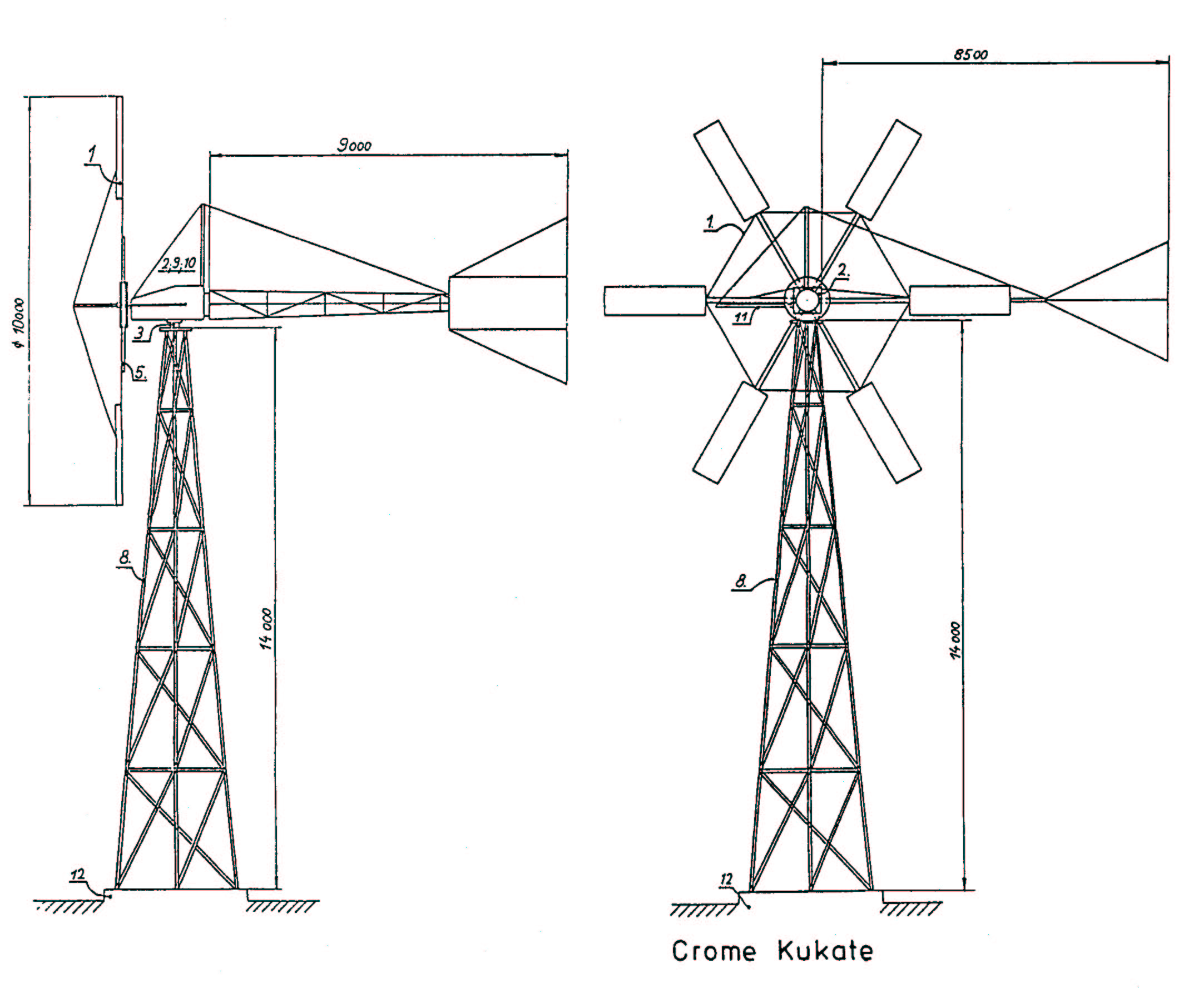
2: This shows the profile and construction of the GOE 624
aerofoil.
Please note the usual traditional method of construction
with a 4mm marine-plywood covering and wooden leading and
trailing edges.
Likewise please note the round steel spar.

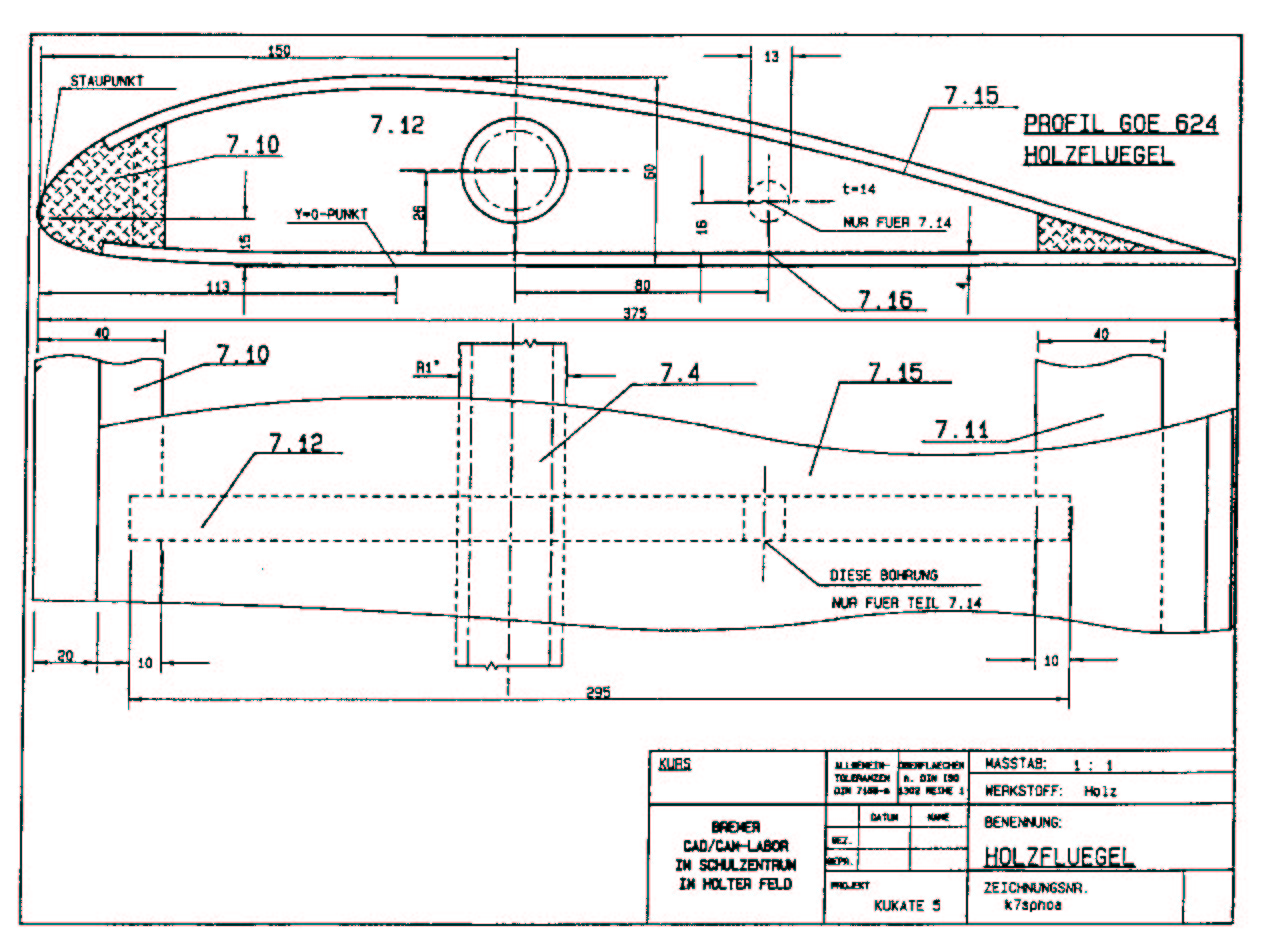
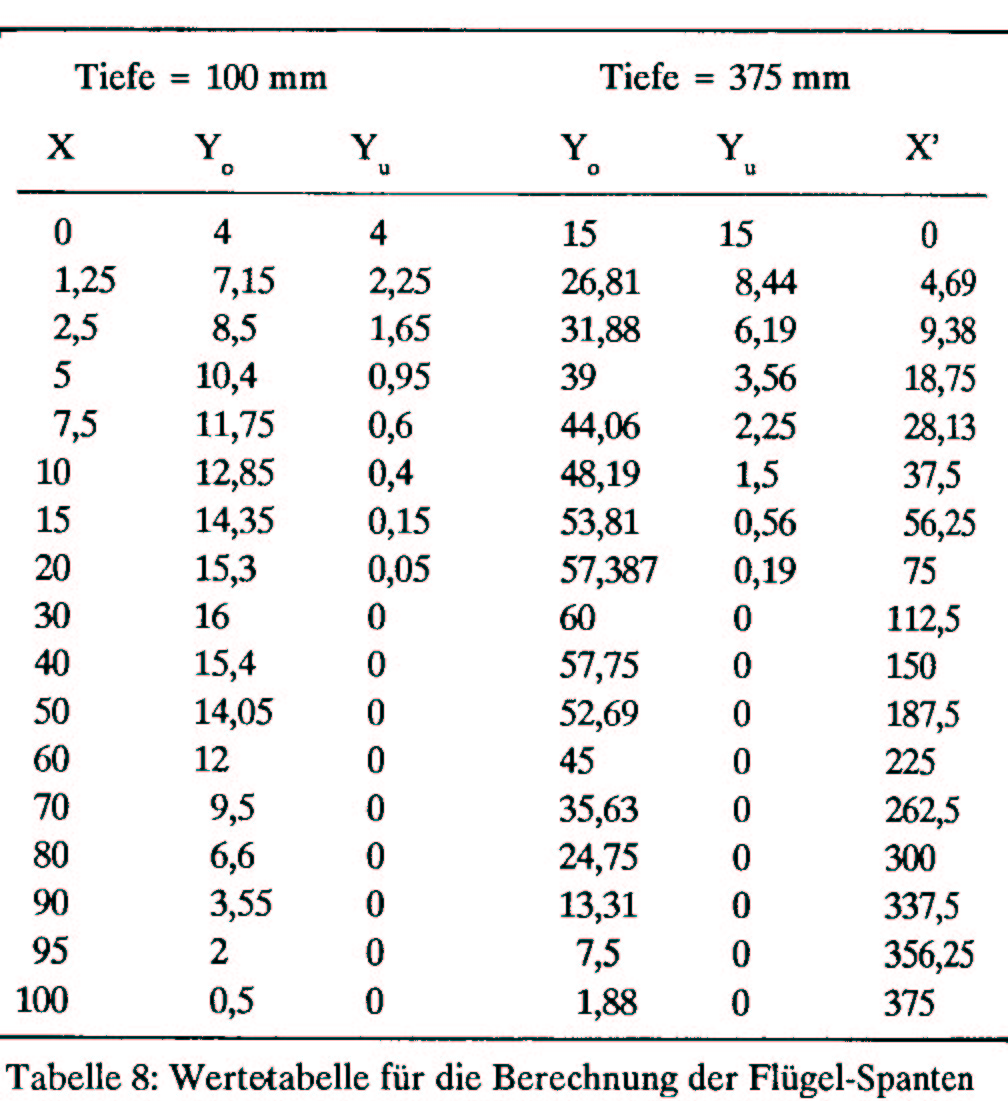
3: This shows another illustration of the blade construction
- please note the two small plates welded to the blade spar.
It will be noticed that a section of allthread is passed
through two aerofoil sections to prevent movement of the blade
itself.
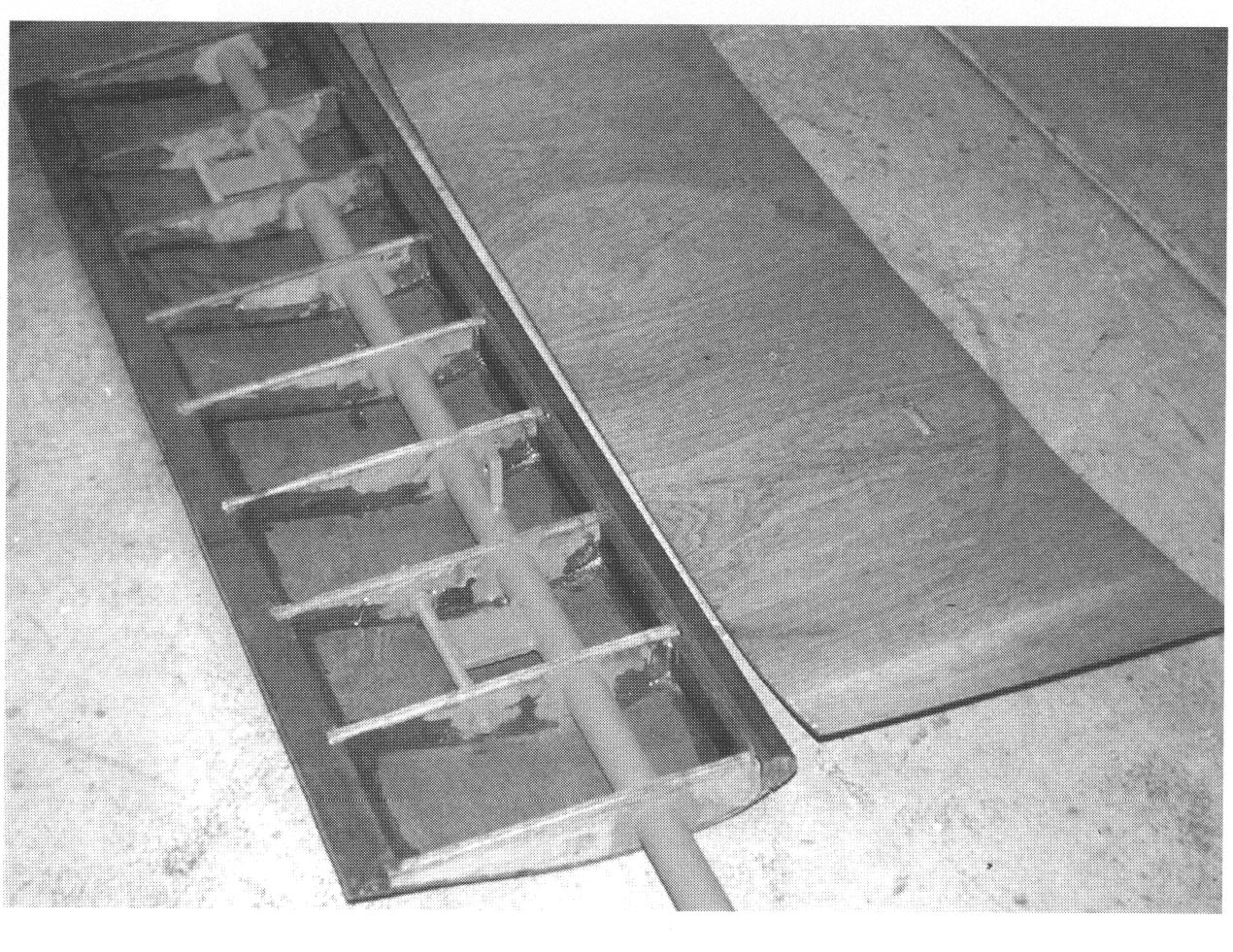
4: A more advanced aerofoil section is as follows:
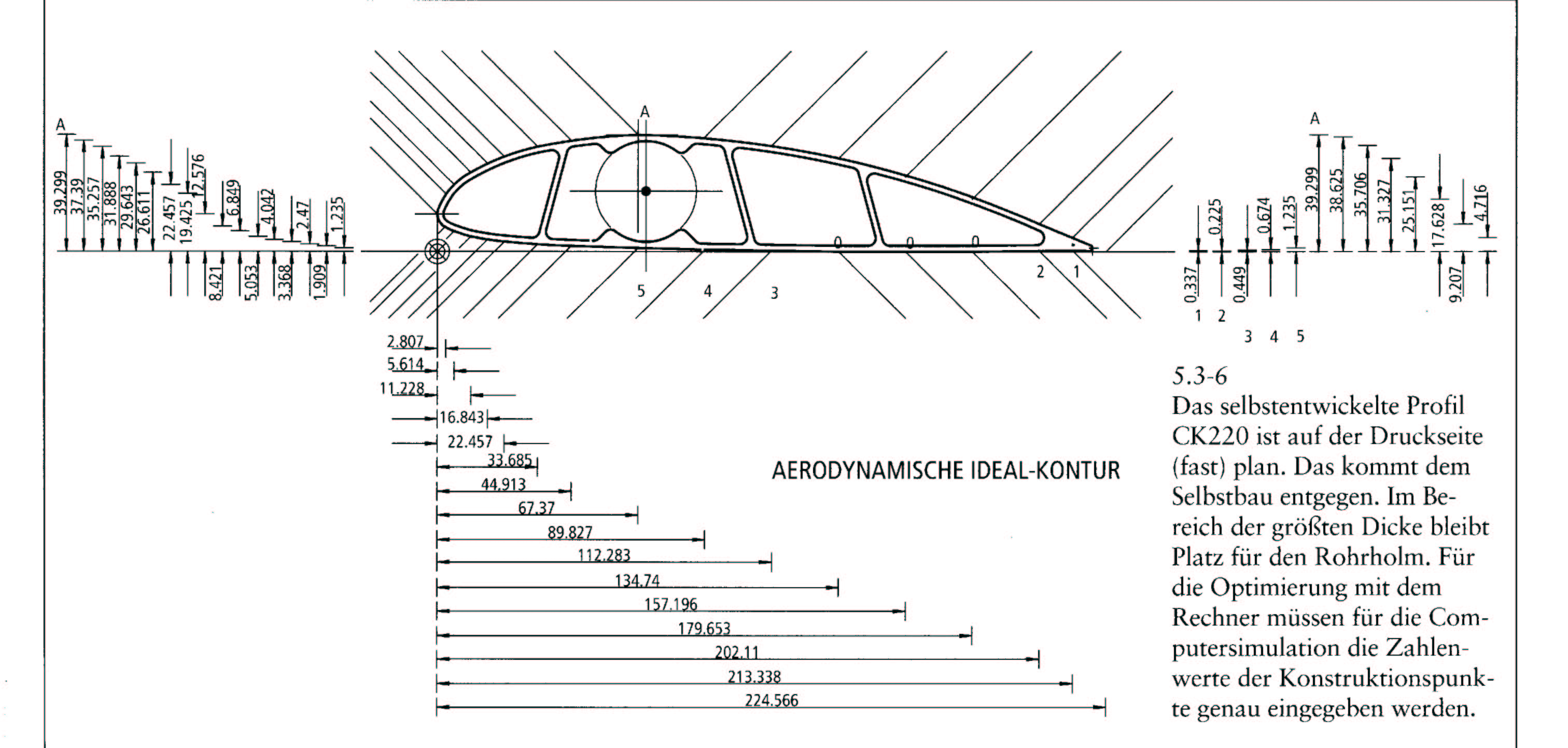
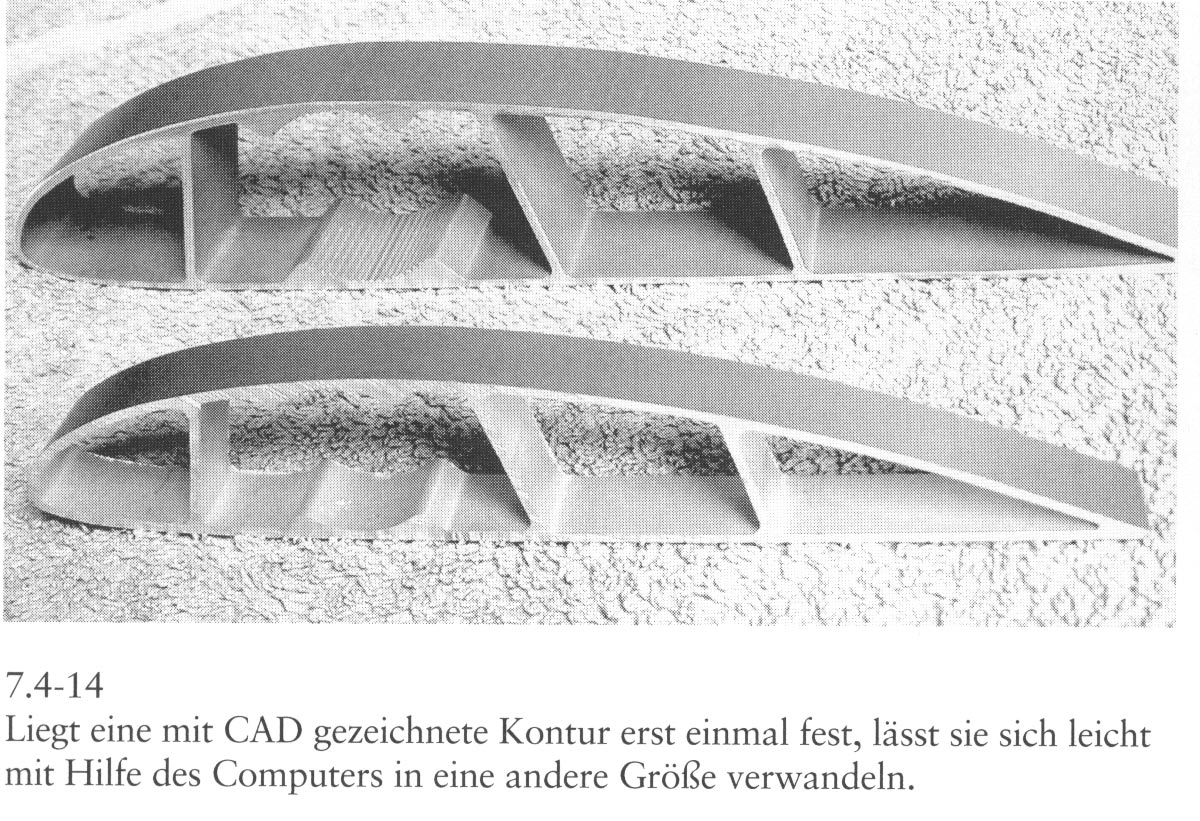
Please note the use of alumimium aerofoil profiles -
these are either in profile sections or as longer extruded
blades - screwed directly onto the steel spars. It can be
noticed on the first image that the stress forces on the
blades are relieved by the use of stays.
5: Likewise the mounting of the spars or rotor arms can be
made using the traditional hub construction
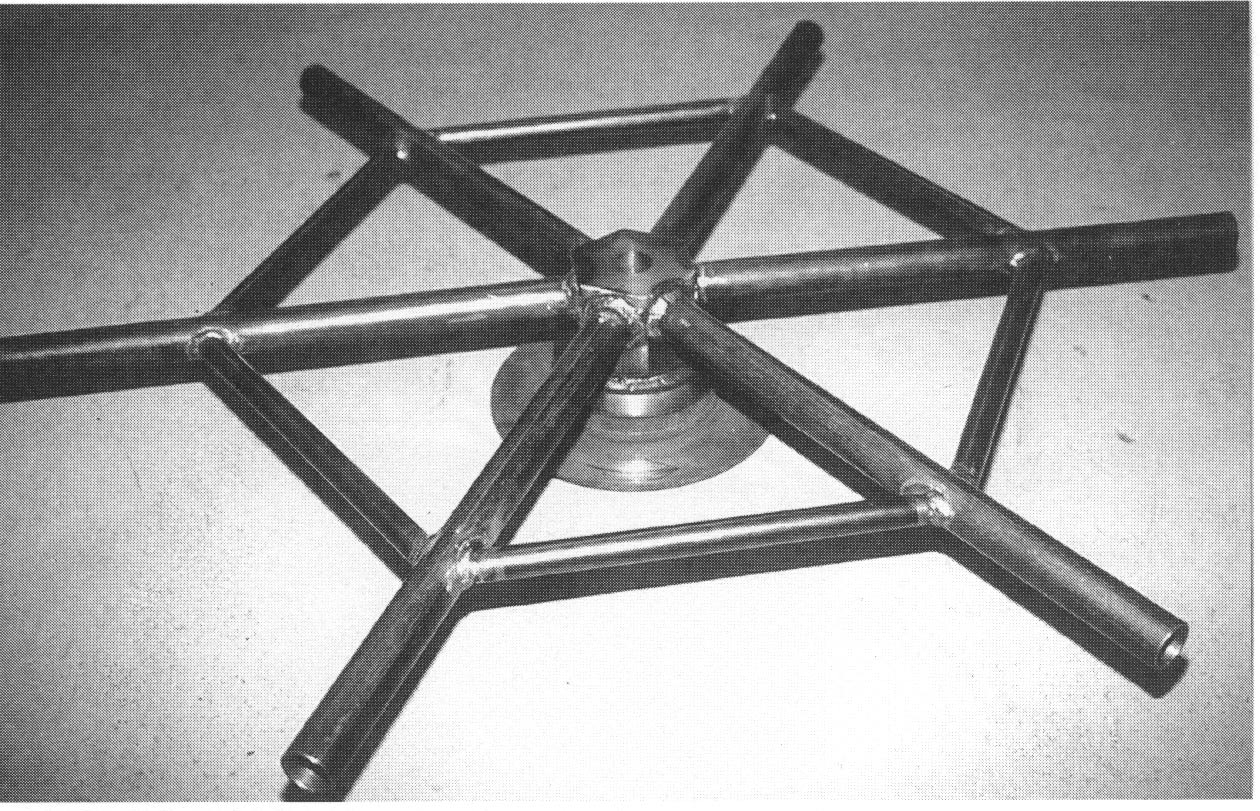
6: - I have also followed the discussion concerning the use
of alumimum extruded or covered blades -
As for me personally I have no definate position on this
matter at all and am fully aware of the known problems with
this material However - and for the record - I will remark
that in Michael Hacklemann's good book -
"The Home-built Wind-generated Electricity Handbook" -
Earthmind/Peace Press USA 1975
- concerning the re-conditioning and re-building of WINCHARGER
and JACOBS rural power-systems [with up to 1.5 kW units]
from the 1930's and 1940's - of which the 4-bladed WINCHARGER's
utilized alumimium blades - no dire warnings or serious comments
are made concerning the use of this material [page 31].
I can only suggest that the unusal longlivity of these blades
is possibly due to their efficient blade-angle governing-system.
With best wishes to all - JF